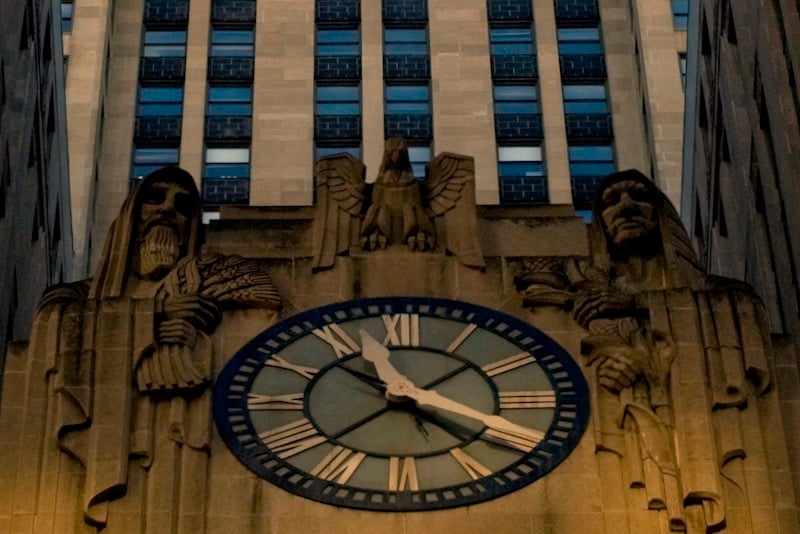CHICAGO (Reuters) – U.S. wheat futures surged on Tuesday, led by a spike in hard red winter wheat prices, after the U.S. Department of Agriculture rated the U.S. Plains crop in the worst shape in 16 years.
Soybeans and corn rebounded from the prior session’s declines on spillover support from wheat and as cold, wet weather in the central United States stoked concerns about spring planting delays.
Both markets, however, continued to face headwinds from fears of a U.S. trade war with China, a top buyer of agricultural products, after Beijing warned of counter-measures to further tariffs on Chinese goods.
Read Also

U.S. grains: Corn backs away from gains at close
Chicago | Reuters — U.S. corn futures climbed to a 6-1/2 week high on Friday on short covering ahead of…
A severe drought in the Plains has slashed production prospects K.C. (HRW) wheat, particularly in the southwest portion of the HRW wheat belt.
The USDA late on Monday assessed only 32 percent of the U.S. winter wheat crop in good to excellent condition as of Sunday, down from 51 percent this time last year. It was the lowest rating for this point in the crop year since 2002.
“We have a combination of U.S. weather being abnormally cold and wet for corn planting and a big managed money short back in SRW that is driving the Chicago wheat higher,” said Frontier Futures broker Joe Nussmeier.
“We’re getting pulled up by the K.C. (HRW) wheat, which had near-historic-low crop conditions for this time of the year,” he said.
Chicago Board of Trade May SRW wheat gained 11-1/4 cents, or 2.5 percent, to $4.57-1/2 a bushel after climbing above its 100-day moving average. May K.C. wheat was up 17-1/4 cents, or 3.7 percent, at $4.84-3/4 per bushel after earlier breaching chart resistance at its 50- and 200-day moving averages.
A cold and wet weather pattern is expected to persist in the heart of the U.S. corn belt through mid-April, stoking concerns that delayed planting could dent yield prospects. Acreage is already projected to be down from last year.
Technical buying fuelled the strong moves in hard red winter (HRW) and soft red winter (SRW) wheat, which broke through key chart resistance points on the rally. Further support stemmed from short covering by commodity funds that added short positions in SRW futures on Monday at the start of a new month and quarter.
May soybeans rose 2-1/2 cents to $10.38 a bushel and May corn added 1-1/4 cents to $3.88-1/2 a bushel. (Additional reporting by Michael Hogan in London, Colin Packham in Sydney Editing by James Dalgleish and Sandra Maler)














